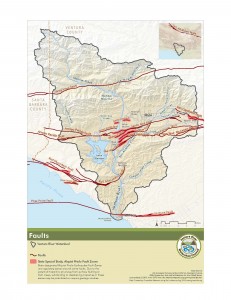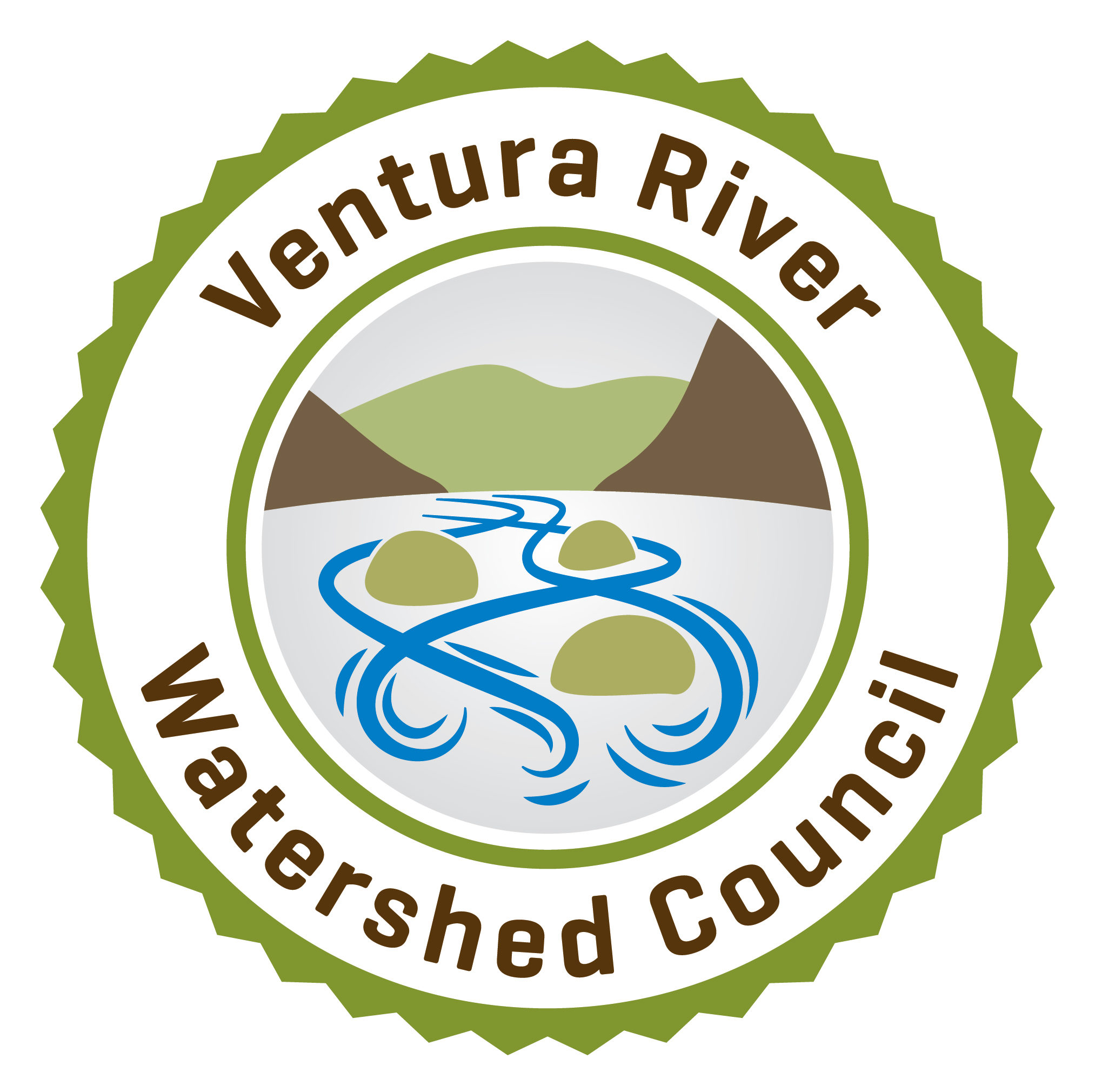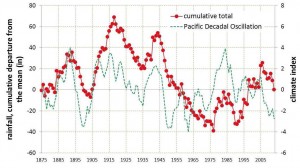Summary of the State’s Biological Objectives Initiative

At the July 11, 2013 Watershed Council meeting, Diana Engle of Larry Walker Associates provided a brief report on the status of the State Water Board’s effort to develop biological objectives that would apply to wadeable perennial streams in California. The idea is to come up with a way to objectively quantify the biological condition of streams – reflected by the abundance of benthic macroinvertebrate assemblages (i.e., insects and other bottom-dwelling invertebrates) – and then to use that information in a regulatory context as a better reflection of stream health and associated water quality regulation effectiveness.
The task is huge and involves many different technical committees (scientific, regulatory, stakeholder, etc.). Diana is involved with and tracking this effort and will keep the Council updated. She generously put her update in a concise handout for our benefit. If you have any questions, Diana can be reached at DianaE@lwa.com.
September 5 – Important Watershed Council Meeting
The September 5, 2013 meeting of the Watershed Council will be an important one. Tully Clifford, director of the Ventura County Watershed Protection District, will provide the group with a presentation covering the District’s priorities and how these can best integrate with and be supported by our watershed management plan. There will also be time on the agenda for an open discussion with Tully.
At this meeting, we will also begin working out our scheme for evaluating and prioritizing projects and programs in our watershed management plan – a pivotal part of the watershed management planning process. I’ll send out more information in advance of the meeting. Please plan to come if you can. The meeting will run from 9:00 am to 12:00 pm, and will be in the Topping Room of the Foster Library, 651 E. Main Street.
Will it Rain in the Watershed in 2014?
The Ocean Off of South America May Hold Clues
Al Leydecker, PhD biologist, and long-time friend and student of the Ventura River, recently stumbled on some interesting correlations. He was looking at long-term rainfall trends in the watershed (generously helping with data for the watershed management plan) and how our winter rainfall varies from year-to-year, and what might lie behind that variation. He plotted El Niño years and Pacific Decadal Oscillation cycles, and then put them together with rainfall data and it got so intriguing that he ended up producing another of his fascinating and graph-rich analyses about our watershed.
“Think about it,” Al states in the article, “measurements of ocean temperature somewhere off of the coasts of South America and the Pacific Northwest can explain a good chunk of our winter rainfall, and explain it back as far as 1874 . . . who’d have guessed.”
Based upon the striking historical patterns, which go back to “when Ulysses S. Grant was President,” Al takes the pattern forward for a peek at what the data may indicate for rain in 2014. Apparently, it doesn’t look good. Here is Al’s article, “Graphic Tales.”
Faults Map

Our Map Atlas continues to grow! Check out the new Faults map.
(And if you have any corrections on this or any of the maps, please let me know.)
EPA Will Not Establish a TMDL for Pumping and Diversion;
Approved State-Adopted Algae TMDL Instead
On June 28, 2013, the U.S. Environmental Protection Agency, Region 9 (EPA) approved the State Regional Water Quality Control Board’s (RWQCB-LA) Total Maximum Daily Load (TMDL) regulation addressing algae, eutrophic conditions and nutrient impairments in the Ventura River, estuary and tributaries (Algae TMDL) which was adopted by the State on June 4, 2013. The EPA determined that the State’s Algae TMDL adequately address the “pollutants of concern” (in this case lack of water) and upon implementation will lead to the attainment of the applicable water quality standards for the Ventura River watershed.
The Ventura River Algae TMDL documents are available on the State’s Ventura River Algae TMDL website.
The EPA documents are available on EPA’s Monitoring, Assessments and TMDL website and are listed below.
- Ventura River Reaches 3 & 4 TMDLs for water quality impairments (PDF) (69 pp, 2.4M)
- EPA’s Letter approving the State Adopted TMDL & Finding for Ventura River Reaches 3 & 4 (PDF) (2 pp, 156K)
- Response to Comments on EPA’s Draft Ventura River Reaches 3 & 4 TMDL (PDF) (3 pp, 103K)
- Public Notice of Draft TMDLs for Ventura River Reaches 3 & 4 (PDF) (1 pg, 100K)
For questions, contact Cindy Lin at Lin.cindy@epa.gov or 213/244-1803.

